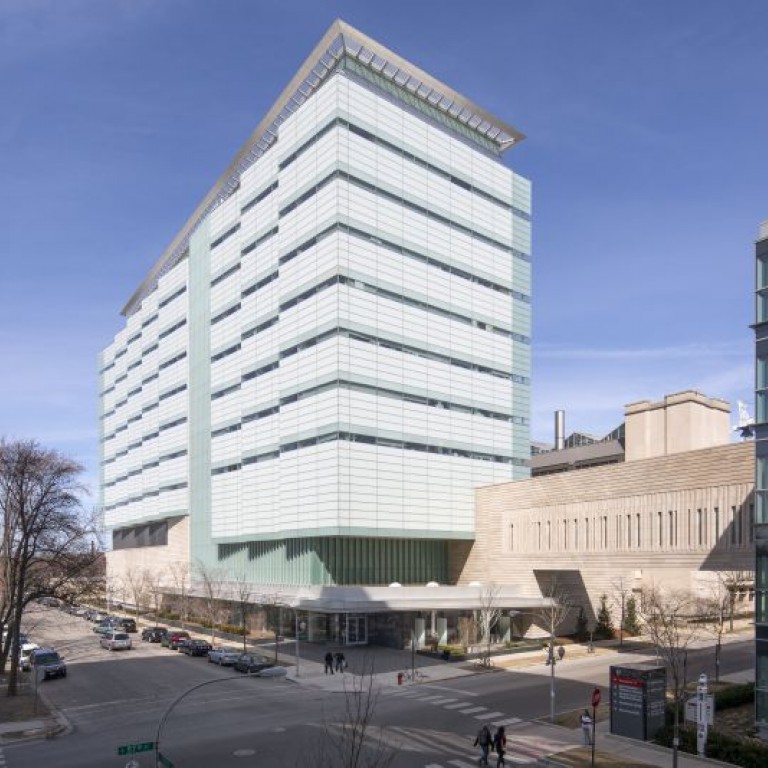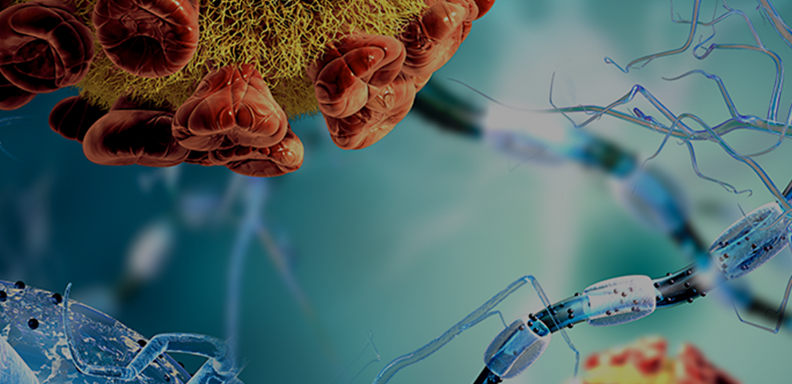The Office of Diversity & Inclusion works with the Dean’s Office to increase hiring and advancement of underrepresented groups in the BSD. They advocate for and support a culture in which inclusion is appreciated and nurtured as a central priority across the division’s departments and programs. Their work focuses on not just race and ethnicity, but also the ways sexuality, gender, class, and religious identity impact our community, and they believe that the study of science and the practice of medicine are enhanced when scholars, clinicians, and staff, can insert their full perspectives into the work that they do.
Tobias Spears, PhD, is Assistant Dean and Senior Director, Diversity and Inclusion. We spoke to him about his work and how it integrates with the mission of the BSD.
What are the objectives of the Office of Diversity & Inclusion?
We support the advancement of and create a sense of belonging for faculty in science and medicine who are historically underrepresented in their fields. This includes connecting them with senior faculty and other divisional leaders, advancing their research through grant funding, and providing them opportunities to connect with each other to build community. We lead a clinical faculty diversity liaisons group that works via four pillars: community, infrastructure, people, climate. We also collaborate with basic science leaders on a divisional search that seeks to attract sophisticated and innovative scientists who also support diversity and inclusion in the division.
We also create diversity education programs and initiatives to create a division-wide common language related to social justice/diversity/equity/inclusion, and we coordinate with divisional operations on the AOP to ensure diversity is weaved throughout business processes. This includes working with HR to create staff facing programs that foster inclusion, like resource groups.
Finally, we work to fine tune pipeline and pathway programs, ensuring students, trainees, and postdocs have a clear and accessible pathway into science and medicine. For instance, we support student led organizations like SACSNAS (Society for the Advancement of Chicanos and Native Americans in Science and GRIT (Graduate Recruitment Initiative Team). I also advise the House Staff Diversity Committee. Presently, I’m working with the Associate Dean for Graduate Medical Education and her team to create a queer and trans affinity group for residents and fellows.
What programs do you offer?
I’ll try to name a few:
- The Inclusion Menu, which features an array of presentations related to diversity & inclusion education. This program is often recognized throughout campus as we receive myriad requests to present within other units and divisions.
- Managing Bias: An online course that helps our colleagues think about and mitigate the impact of bias.
- Postdoc Diversity & Inclusion Course: Taught by members of the team, this course helps BSD and PME postdocs as they prepare for job prospects in a diverse social world.
- Warner-Reynolds Leadership Academy: This grant-funded initiative brings together women and other diverse faculty to enhance their leadership skills to advance their careers in science and medicine. Part of this program pairs an assistant professor cohort with divisional leaders.
- Rising Stars Symposium: Introduced by Dr. Tina Roman, this program helps rising scientists interface with more established faculty in the division by allowing them to share research.
What obstacles have you faced while doing this work?
One is the notion that DEI is only a left-leaning idea, when in fact, DEI is everyone’s concern and supports everyone’s thriving in the division. It requires a rethinking of systems, policies, and practice, but people assume we are already where we need to be because of our eminence.
We also struggle with fractures among language usage. Sometimes people get caught up in the language of diversity instead of materializing outcomes.
DEI and related programs seem to be emphasized more in response to recent tragic events. How do you keep the momentum going?
In our office, our Dean, Iris Romero, MD, asks us to do diversity and inclusion work because it helps make science and medicine better--research suggests this and the people we see each day are impacted by our work. We do this work regardless of recent tragic events.
We also recognize that social tragedies highlight those who are most vulnerable in our society. When these events happen, they give us an added boost to continue doing work to make society more just and equitable starting here in the division, where so many of us impact each other and transform the lives of people with whom we come in contact.
How can leaders in each department promote DEI?
Leaders must be self-reflective. They must have an understanding that there are different realities people experience, and these realities are in many ways our truths. I believe we should embrace a Black feminist praxis, which is to center the impact of our work on those who are most socially vulnerable.
Leaders should give room for and champion multiple voices and should be willing to be wrong and grow from mistakes. They need to laugh with their colleagues and listen to the stories people tell about their lives. They can be proactive about diversity, equity, and inclusion—seek out training, develop well defined criteria for searches, and pay attention to history.



